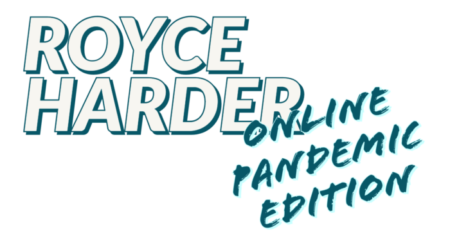Presenter
Jeremy J. Thomas, Department of Psychology, University of Alberta
Abstract
One of the most effective ways to increase cued recall of word pairs is to instruct participants to form mental images of the pair of words interacting. However, there is no way to directly observe what people are doing, cognitively. We asked whether visual-imagery skill would explain individual differences in the effectiveness of the interactive-imagery instruction, quantified by 1) The Vividness of Visual Imagery Questionnaire (VVIQ), a subjective-report measure of the “vividness” of imagining, and 2) Paper Folding Task (PFT), an objectively scored test that did correlate with the effectiveness of the method of loci (Sanchez, 2019). Participants studied word pairs and were tested with cued recall, in the first half of the session, with no strategy instruction, and in the second half, following interactive imagery or control instructions. PFT correlated with mean cued recall accuracy prior to instruction (control: r(112)=0.27, p=0.004; imagery: r(111)=0.20, p=0.030) but not with the improvement following instruction (control: r(112)=.02, p=.82, BF10=0.08, imagery: r(111)=0.09, p=0.36, BF10=0.11). VVIQ did not correlate any performance measure at any phase in the experiment, including the change in cued recall accuracy (control: r(112)=.10, p=.29, BF10=0.13, imagery: r(111)=-.15, p=.11, BF10=0.27). Neither VVIQ nor PFT correlated with math-distractor accuracy (all r<0.1, p>0.2, BF10<0.2). Taken together, these findings cast doubt on the notion that interactive- imagery instructions benefit memory due to any imagery skill (PFT), nor due to overall subjective quality of imagery (VVIQ). Sanchez, C. A. (2019). The utility of visuospatial mnemonics is dependent on visuospatial aptitudes. Applied Cognitive Psychology. doi: 10.1002/acp.3543
Poster
Authors & Affiliations
Jeremy J. Thomas & Jeremy B. Caplan (Department of Psychology, University of Alberta and Neuroscience and Mental Health Institute, University of Alberta)
